Trekking in Nepal comes along with several ups which you will cherish throughout your life. The country packs in several positives for you when you are entering its borders for an experience of a lifetime.
Nepal has everything that will soothe your eyes, enrich your soul and appease the wanderlust in you. For adrenaline-junkies, it is the ideal place to engage in challenging and risky situations and overcome them.
Let us have our pick about what to look for when making up your mind about trekking in Nepal.
Scenic landscapes
If enjoying spectacular natural views is your preference, then trekking in Nepal is the ideal option for you. In Nepal, the topographic variations are extensive. You will find everything from lush, green river valleys to fertile plains, coniferous forests, and snow-clad peaks where the tree-line disappears. Each of these topographic wonders is beautiful and worth soaking up.
Witnessing the mighty peaks like Mt. Everest, Manaslu, Annapurna I, Kanchenjunga, and others are always on the trekkers’ bucket list coming to Nepal. But nature has more things in place for you if you are up for experimentation.
For example, suppose you are embarking on the Gokyo Lakes Trek. In that case, you will come across a series of oligotrophic lakes at very high altitudes. Going on the Poonhill Trek will give you the added experience of watching the beautiful sunrise from the summit. On the other hand, if you trek to Upper Mustang, you will find colorful rock formations, snow-clad peaks, and deep ravines amidst this semi-arid trans-Himalayan region.
Exceptional biodiversity
Nepal covers more than 3 percent of the world’s known flora and fauna. With more than nine globally-renowned wildlife reserves and national parks in the Terai region, Nepal harbors a striking range of mammals like the Himalayan Tahr, leopard, spotted deer, barking deer, etc. There are also 26 protected species, including mammals, reptiles, and birds. The biodiversity increases as you move across to the high-altitude wilderness.
The Sagarmatha National Park is the world’s highest national park with a bustling ecology and packed with a diverse flora and fauna range. There are more than 850 species of birds, including the rarest ones like the spiny babbler and the red-headed trogon. Suppose you are on your way to the Langtang National Park or moving across the Kanchenjunga Conservation Area. In that case, you might come across the shy musk deer and red panda. Freshwater dolphins in the Narayani and Karnali rivers and the indigenous species of crocodiles inhabit the wetlands and certain national parks.
The allure of discovering stunningly beautiful species attracts wildlife photographers, enthusiasts, and researchers to venture into the dense forests, Gangetic plains, wetlands, and Nepal’s mountainous regions.

Adventure
Apart from trekking, high-altitude climbing, and rock-climbing, you can engage in a flurry of adventure activities in and around Nepal. Some of the most notable adrenaline-fueled experiences include:
- River-rafting on the Trisuli River
- Paragliding tour from Pokhara
- Canyoning at Jalberi Canyon
- Mountain biking in and around Kathmandu and Pokhara
- Zipline flying in Pokhara
- Day-hiking to Nagarkot
Most of these activities take place near Kathmandu and Pokhara. So, you need to add a few days to your trekking itinerary to include these adventure activities.
Cultural diversity and the local lifestyle
Nepal is a country that is steeped in culture and heritage. You will find the cultural significance and age-old traditions wherever you visit in Nepal. Being a confluence of Indo-Aryan and Tibeto-Mongolian traditions, Nepal has birthed its unique multi-dimensional culture. Hinduism and Buddhism dominate most of the ancient traditions in Nepal.
The cultural diversities of various ethnic, social, and tribal groups that inhabit different altitudes are manifested through art, music, dance, language, literature, philosophy, religion, and even food. Let’s discuss some of these ethnocultural traditions that are prevalent in the country.
- Religion and festivals:
Nepal is the home of Hindu and Buddhist traditions. The famous Tengboche monastery, which comes en-route from the Everest Three Passes Trek and the EBC Trek, is one of Buddhism’s most spiritual sites. Usually, there is a day off for acclimatization, and people go there to shower religious offerings and gather blessings before embarking for the Everest Base Camp or the high passes.
Apart from being the birthplace of Lord Buddha, who manifested his teachings and changed the world’s philosophical outlook, Nepal is also home to thousands of Hindu deities. Since the Hindus consider the Himalayas to be the abode of their top-tier Aryan Gods, the country is full of shrines and places of worship for major and minor divinities of the Hindu pantheon. You will find a lot of these in Kathmandu and the adjacent region.
Dashain and Tihar are some of the festivals of national significance in Nepal. Apart from these, Ghode Jatra, Gai Jatra, Red Machhendranath Jatra are some of the grandest festivals of ancient towns and villages. If you are going on a trek to Upper Mustang, you can participate in the three-day Tiji festival- which is a high Buddhist tradition, particularly important in this locality.
- Food and drinks
If you want to taste authentic Nepalese cuisine, you should resist the temptation to indulge in the multi-cuisine eateries in cosmopolitan places like Kathmandu.
Try to wallow in the authentic and simple Nepalese specialties like dal-bhaat (lentils and rice), tarkari (spiced vegetables), yak or mutton meat curry, Choyla (roasted dices of water buffalo), cel roti (fried, circular doughs), etc. The Nepalese cuisine has a fair share of Tibetan influence, including momos, thukpa, noodles, etc.
When you embark on the lesser-known Ghorepani Poonhill Trek in the Annapurna region, you may have to stay with the villagers of Gandhruk. So, make the best use of this opportunity to enjoy wholesome homemade meals.
Apart from the most enthusing beverages like tea, butter tea, lassi, etc., you also get alcoholic ones like Raksi (rice or wheat beer) and Chhang (homebrewed beer made from fermented maize, barley, etc.).
- Tea-houses
Are you intent on venturing into challenging activities like Mera Peak climbing? Or you simply want to continue from the Poonhill Trek into the lesser-known trails of the Mardi Himal Trek? Whatever be your choice, multi-day trekking activities in Nepal require you to rest for the night after the tiring hike of the day. The trails are filled with ‘tea-houses’- your best bet of staying in Nepal if you are traveling solo or in a small group.
Tea-houses are warm and cozy. The hosts are amicable, and they serve good food and beverages that cure your exhaustion. You also get your own bed to rest for the night if you are not carrying sleeping bags and insulated mats. Overall, you get a lot of things for reasonably low to moderate charges.
Another upside is that tea-houses harbor people from all over the world. So you can share stories and experiences that enrich you.
On the downside, tea-houses are humble abodes of Nepalese locals erected to serve the trekkers during their journeys. The constructions are simple and mostly shabby. Sometimes, the rooms might not be adequately warm. Electricity, internet connectivity, and water are some of the rarest amenities in tea-houses, and they become more infrequent as you trek to higher altitudes.
If you keep a tab on the above details, you can decide which trekking in Nepal to go for. Something that caters to your preferences will be the ideal trekking expedition to embark on in Nepal. Once you have set foot, there’s no looking back!





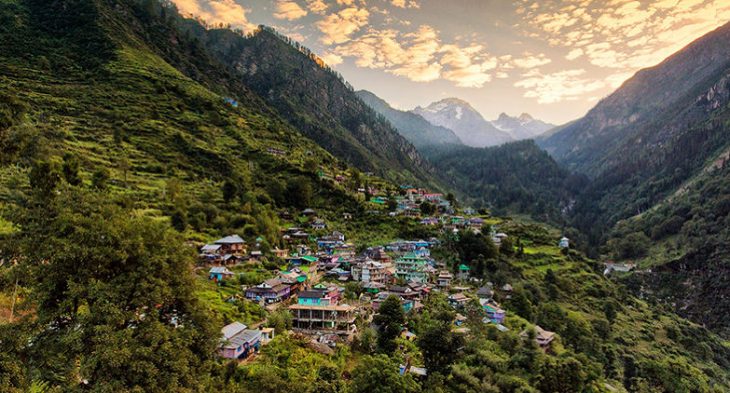

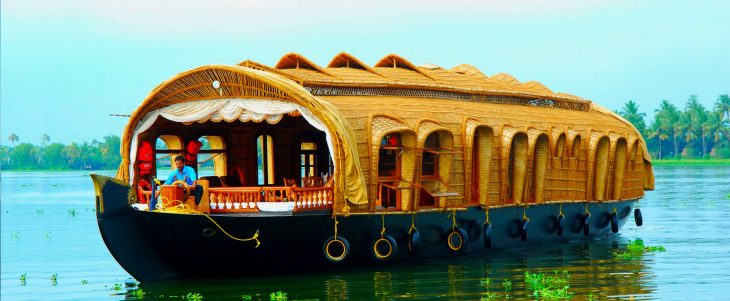



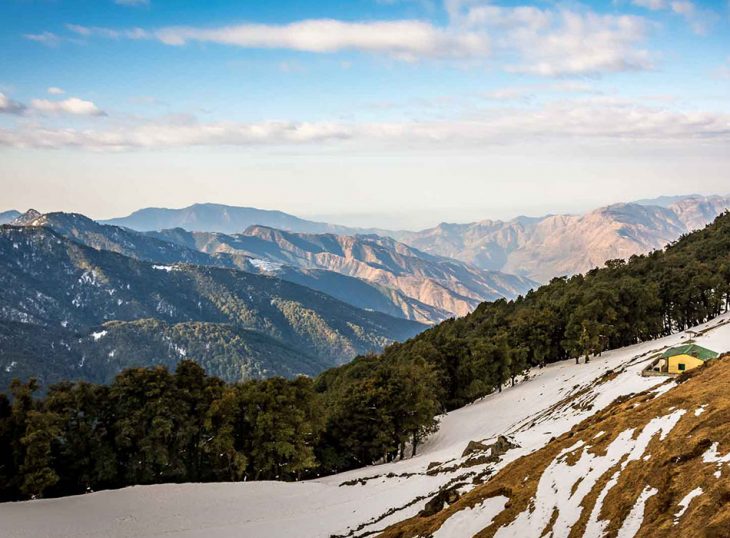


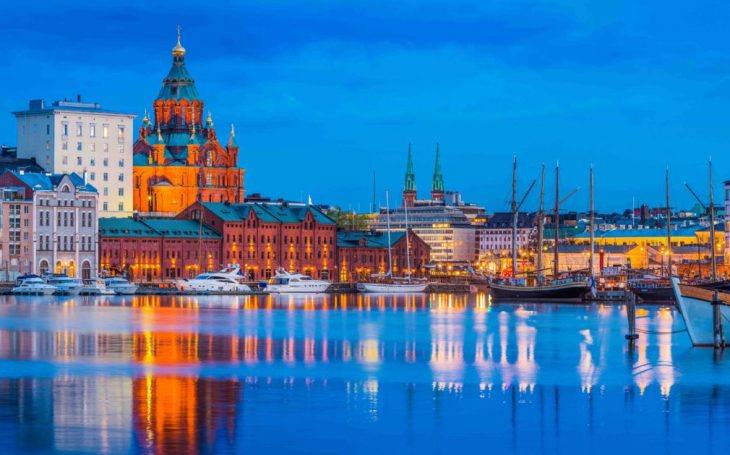
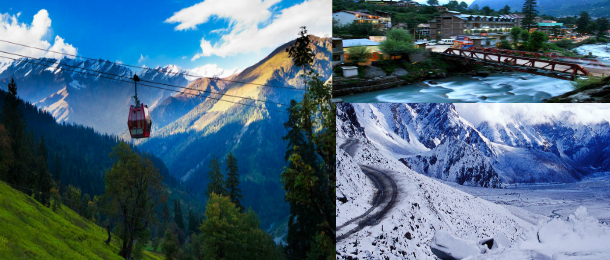

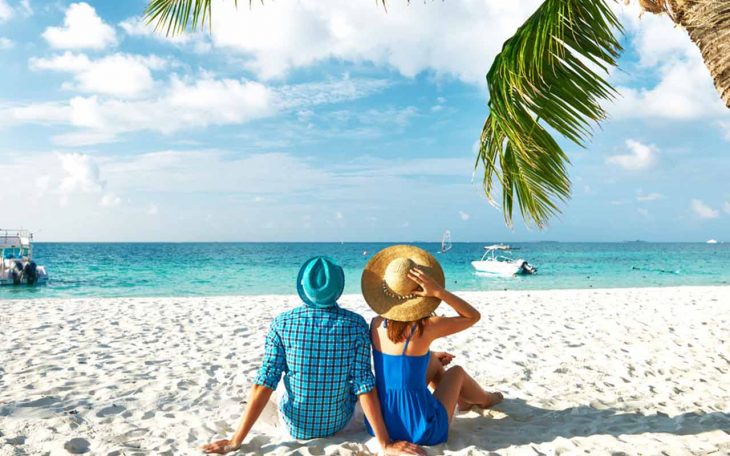


You must be logged in to post a comment.